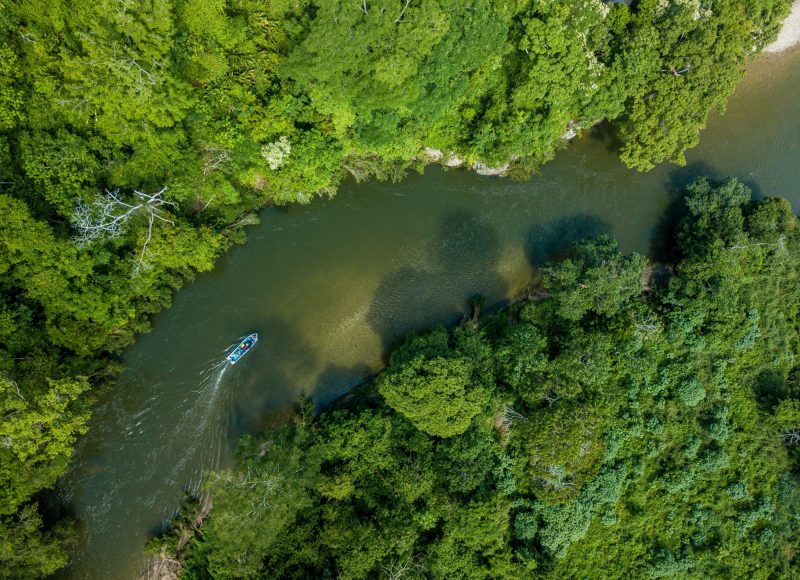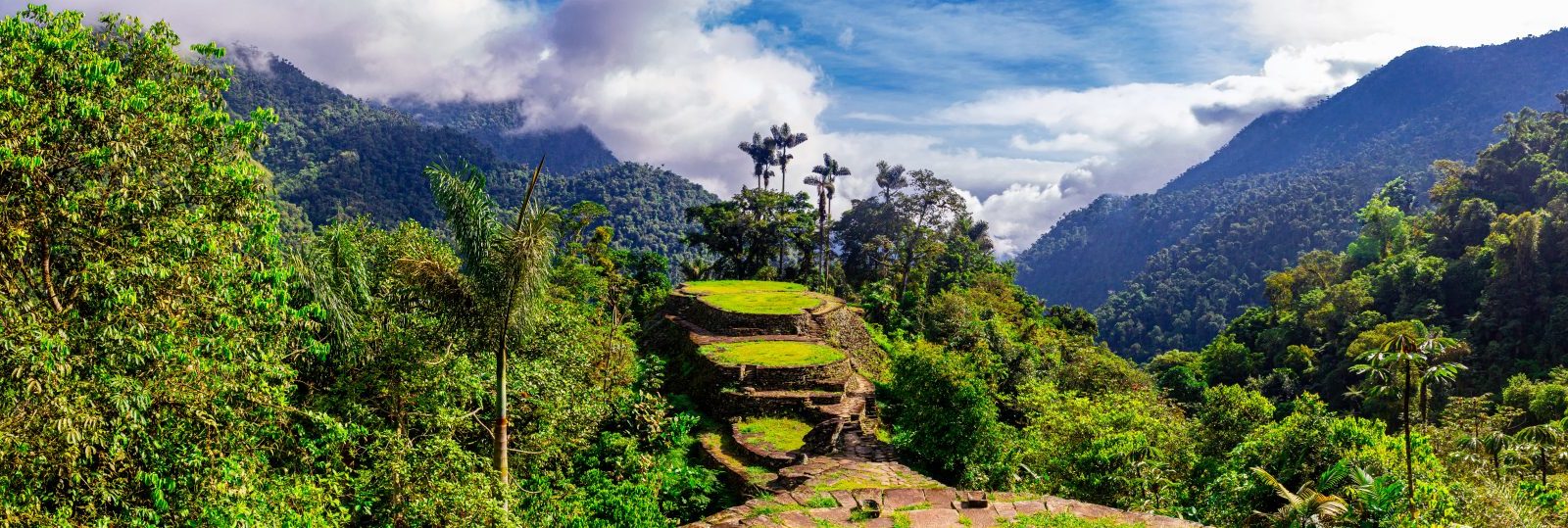The Sierra Nevada of Santa Marta is a mountain range like no other. Its highest peak, and the highest in Colombia, rises to 5,775 metres above sea level. Located barely 45 kilometres from the Caribbean Sea, it is the highest coastal summit in the world. This makes the Sierra Nevada of Santa Marta a special biogeographic island, separated from the rest of the Andes mountain range.
Declared a UNESCO Biosphere Reserve, this zone has a very high endemic rate, with 126 plant species that are found nowhere else on the planet. Here, for example, we find the frailejon, as well as 44 endemic animal species such as the Santa Marta woodstar hummingbird.
In 2018 an expedition set out to explore this unique biodiversity using eDNA, concentrating its efforts on the Rio Don Diego, one of the many rivers that flow through the heart of the national park.
The team was able to detect various species as the red-crested tree-rat which is on the list of the 100 most endangered species in the world.…
Using simple water samples drawn from along the river, the team was able to detect various species of fish of course, but also flying animals, birds and bats, as well as land mammals such as the armadillo, the red howler monkey and the red-crested tree-rat. The latter is in critical danger of extinction and is on the list of the 100 most endangered species in the world. It was only rediscovered in the Sierra Nevada of Santa Marta in 2011 and had been thought to already be extinct, not having been spotted since 1898.
This experiment confirmed that freshwater, and the environmental DNA fragments it carries, can be a powerful tool when it comes to cataloguing biodiversity, and enabling us to detect a great diversity of species throughout an entire ecosystem.

© Manuel Spescha
